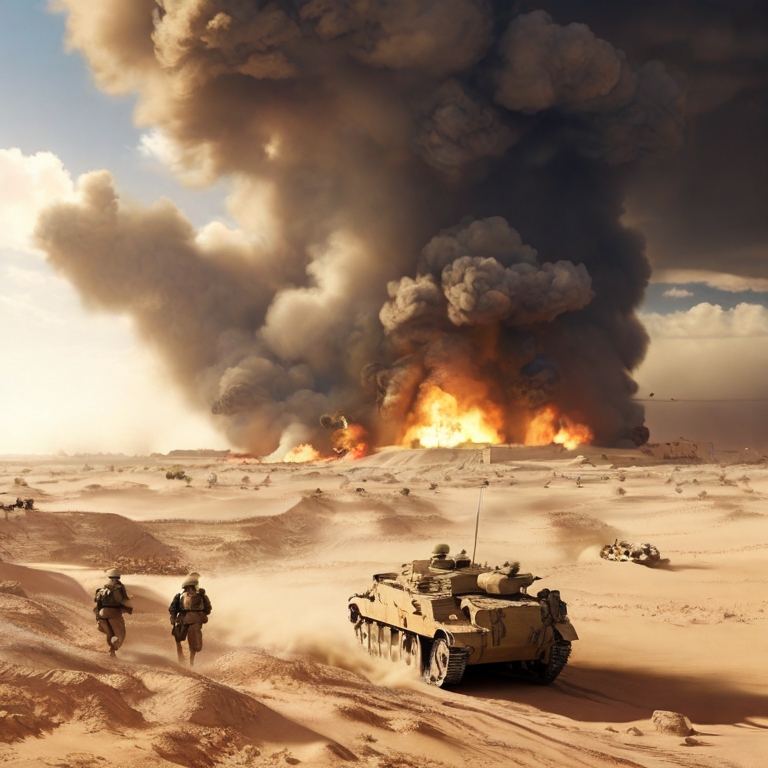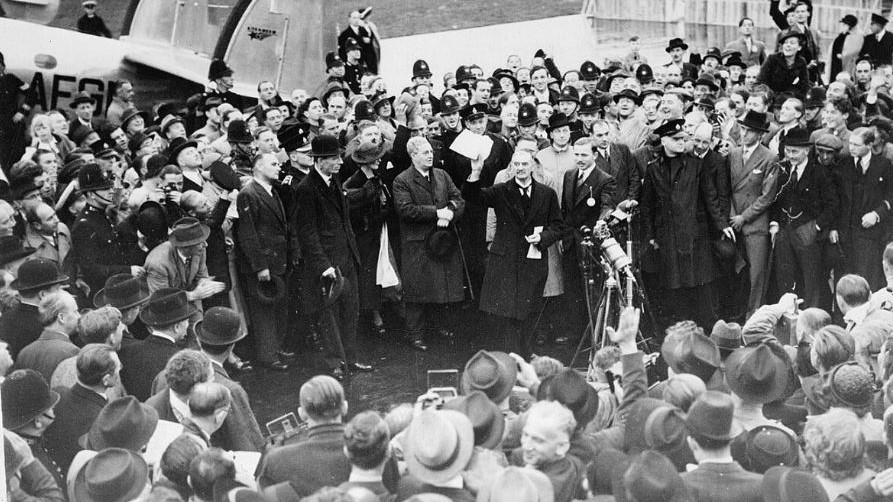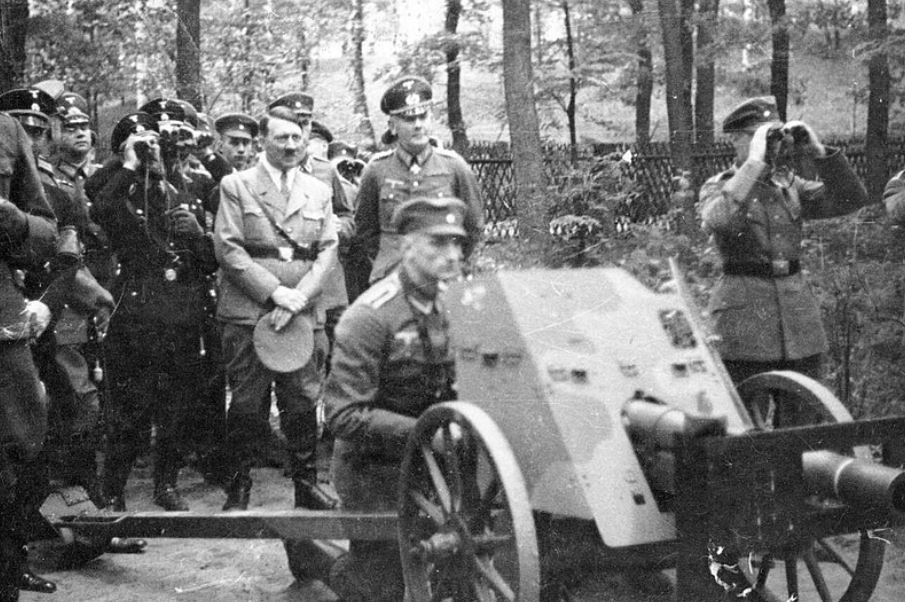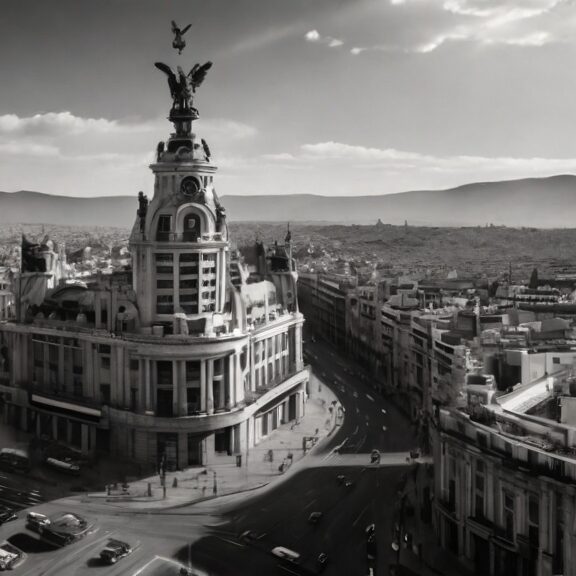At the outbreak of World War 2, South Africa found itself at a crossroads, torn by internal divisions rooted in historical conflicts that impacted the role it was play during the war.
This article explores the lesser-known aspects of South Africa’s involvement in World War 2, shedding light, not only on the bravery and resilience of those who fought, but also the complex political and societal landscape that shaped its entry into the war.
- 1. South Africa’s Political Landscape
- 2. The Importance of South Africa’s Raw Materials
- 3. Military Vehicles: Marmon-Herrington Armoured Cars
- 4. The Role of the South African Air Force (SAAF)
- 5. South Africans in the RAF: Aces of Valor
- 6. African Theaters: South Africa's Crucial Role
- 7. The Legacy of South Africa's World War 2 Contribution
- Further Reading
1. South Africa’s Political Landscape
Prior to the start of World War 2, South Africa’s political landscape was one of conflicting ideologies and historical hostilities that would significantly shape the nation’s role in the global conflict.
J.B.M. Hertzog was Prime Minister of South Africa when war broke out. He was the leader of the United Party, a coalition that delicately had to balance pro-British sentiments and the anti-British stance of the National Party.

As the storm clouds of war gathered, Hertzog, advocating for neutrality, found himself at odds with the pro-British convictions of General Jan Smuts and the South African Party.
On 4th September 1939, the parliamentary debate that ensued reflected not only the political turmoil within the government but also the deeper historical conflicts between English and Afrikaans speakers. It was a debate that would alter the course of South Africa’s involvement in the war.
The outcome of this political struggle saw Hertzog’s removal from power and the subsequent ascension of General Jan Smuts on 5th September 1939.
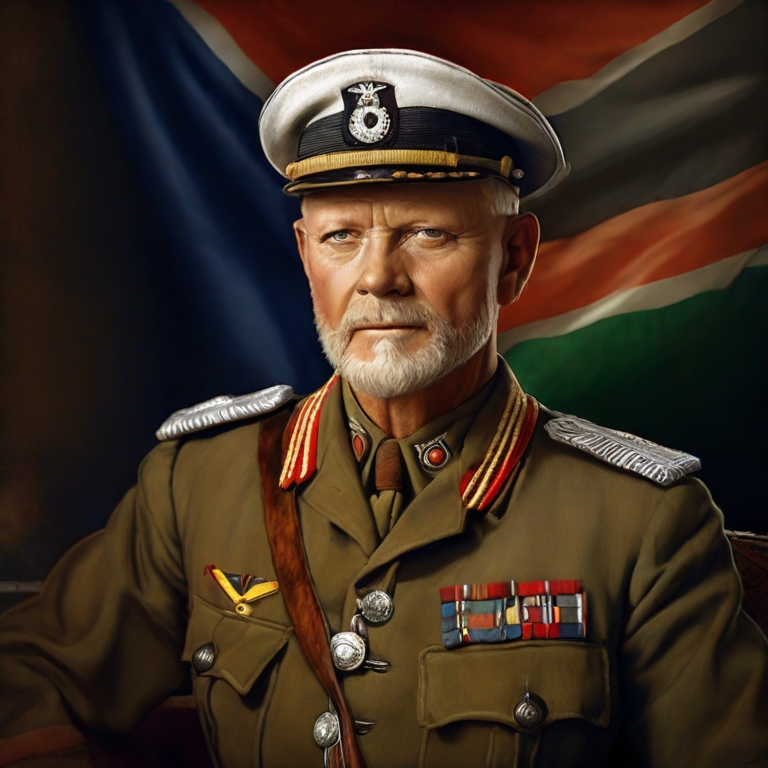
This transition marked a decisive shift in South Africa’s wartime stance, aligning more closely with the Allied cause.
Smuts, a staunch supporter of the British Empire, would lead the nation through the tumultuous years of conflict, bringing a change in political dynamics that would impact South Africa’s contributions to the war effort.
Yet, amid this shift towards the Allied cause, there emerged factions vehemently opposed to aligning with Britain.
Anti-British sentiments found a voice in organizations like the Ossewabrandwag, led by Johannes Van Rensburg. The Ossewabrandwag, with its military wing, the Stormjaers, stood in stark contrast to the pro-British sentiments of Smuts. This ideological divergence illustrated the internal struggles that mirrored the broader global conflict.
2. The Importance of South Africa’s Raw Materials

During World War 2, South Africa played a significant role in providing resources and support to the Allied forces. The country’s vast natural resources, including gold, coal, iron ore, manganese, diamonds and other minerals, were crucial to the war effort. South Africa also supplied food and other agricultural products to the Allied troops.
Here are some specific examples of how South Africa’s resources were used during World War 2:
- Gold: South Africa was the world’s largest producer of gold at the time, and the country’s gold reserves were used to finance the war effort. The gold was used to purchase weapons, supplies, and other goods from the United States and other Allied countries.
- Diamonds: South Africa was also a major producer of diamonds, and the country’s diamond industry was used to support the war effort. The diamonds were used to purchase industrial equipment and other goods that were needed for the war effort.
- Other minerals: South Africa also produced a variety of other minerals, including coal, copper, and iron ore. These minerals were used to produce weapons, ammunition, and other war materials.
- Food: South Africa was a major producer of food, and the country’s agricultural sector was used to support the war effort. The country supplied food to the Allied troops in North Africa, the Middle East, and other regions.
- Other resources: South Africa also provided other resources to the Allied forces, such as manpower, transportation, and medical supplies. The country’s troops fought alongside the Allied forces in North Africa and other regions, and the country’s ports and railways were used to transport troops and supplies.
South Africa’s contributions to the Allied war effort were significant.
3. Military Vehicles: Marmon-Herrington Armoured Cars
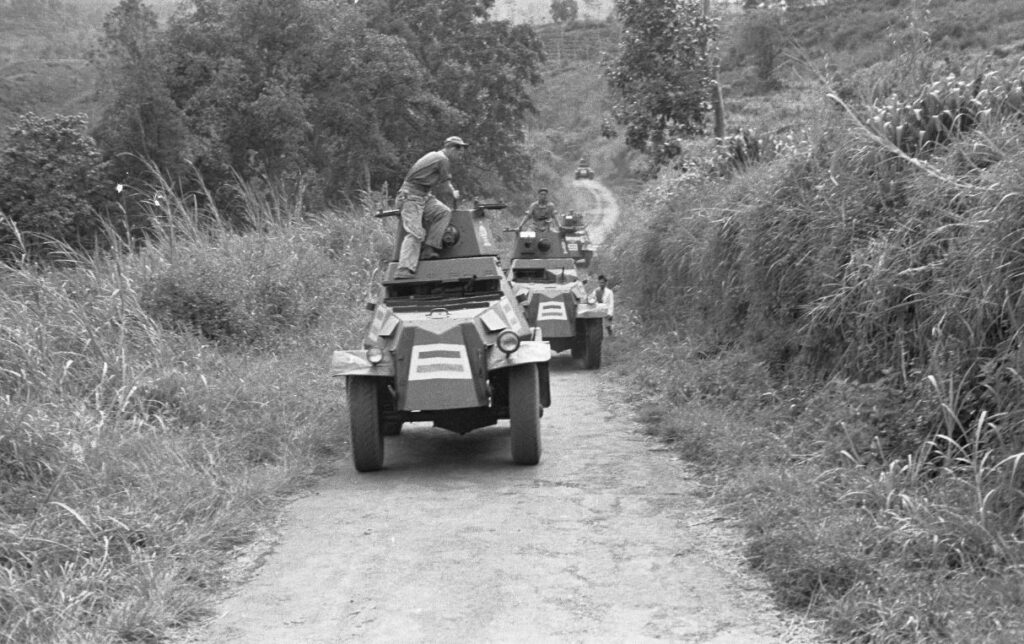
A standout contribution from South Africa was the production of the Marmon-Herrington Armoured Car.
Between 1940 and 1944, South Africa manufactured an impressive 5,700 of these armored vehicles, many of which were supplied to the British forces.
The Marmon-Herrington Armoured Car became a symbol of South Africa’s industrial prowess and its commitment to the Allied cause.
These vehicles, equipped with formidable firepower and mobility, played a crucial role in various theaters of war, providing reconnaissance, support, and a formidable deterrent against enemy forces.
4. The Role of the South African Air Force (SAAF)
In the midst of World War 2, the South African Air Force (SAAF) emerged as a formidable component of South Africa’s contribution to the Allied war effort.
Expansion and Training
At the outset of the war, the SAAF was relatively modest in size. However, recognizing the need for air superiority and strategic aerial capabilities, South Africa swiftly expanded its air force.
By September 1941, the SAAF boasted a strength of around 31,000 personnel. This expansion was not just in numbers but also in capabilities, with a focus on modern aircraft and advanced training.
Under the Joint Air Training Scheme, South Africa became a hub for training Royal Air Force (RAF) pilots. Air schools throughout the country provided a fertile ground for honing the skills of aviators, contributing not only to the SAAF but also to the broader Allied air forces.
Manpower and Volunteer Spirit
Noteworthy is the fact that every individual serving in the South African military during World War 2 was a volunteer. Unlike some nations that enforced conscription, South Africa’s contribution to the war effort was characterized by a voluntary spirit that spoke volumes about the dedication of its people.
South Africa’s Areas of Action
The SAAF sent fighter squadrons to North Africa to fight alongside the British Royal Air Force (RAF). The SAAF also provided air support for the Allied invasion of Italy and the Allied landings in Normandy.
In addition, the SAAF played a vital role in the defense of Malta. The SAAF sent fighter squadrons to Malta to help defend the island against German and Italian air attacks. The SAAF also provided air cover for Allied shipping in the Mediterranean Sea.
5. South Africans in the RAF: Aces of Valor
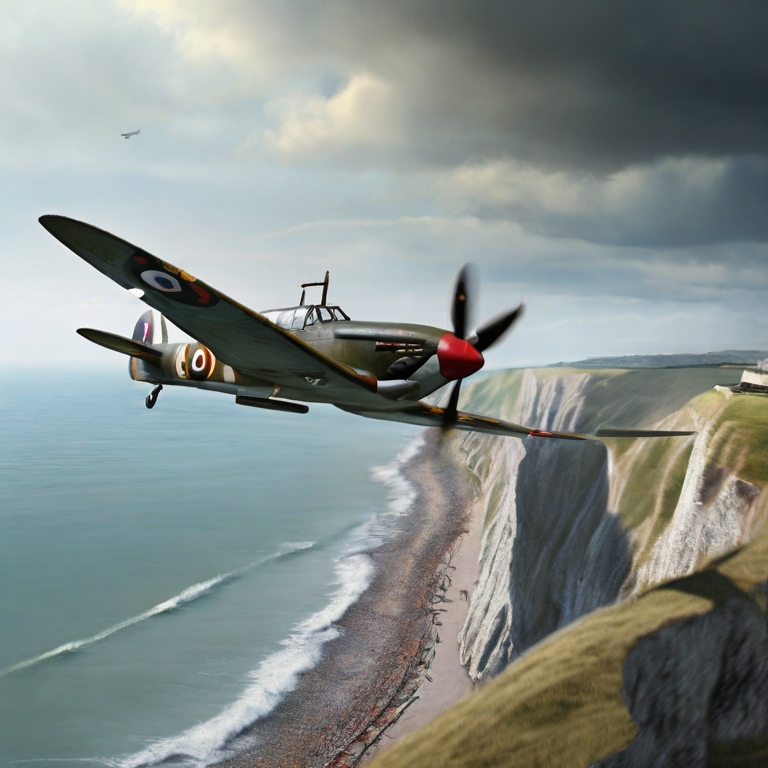
The Battle of Britain witnessed the valor of South African pilots who formed part of the Royal Air Force (RAF). Two in particular made remarkable contributions – the aces, Marmaduke “Pat” Pattle and Adolf “Sailor” Malan.
Marmaduke “Pat” Pattle: The Desert Hawk

Marmaduke “Pat” Pattle, a South African flying ace, served primarily in the North African theatre. Pattle’s prowess as a pilot was unparalleled. By the end of World War 2, he would stand as the top-scoring RAF ace, a testament to his extraordinary skill in the cockpit.
Pattle’s aerial engagements in North Africa, particularly during the Western Desert Campaign, showcased his exceptional combat abilities. Flying primarily with the Royal Air Force and later with the South African Air Force, Pattle’s tally of downed enemy aircraft reflected not only his individual skill but also his leadership in guiding his squadron to numerous victories.
Adolf “Sailor” Malan: The Battle of Britain Icon
Adolf “Sailor” Malan, another illustrious South African pilot, gained fame for his pivotal role in the Battle of Britain. Serving as a squadron leader in the RAF, Malan’s leadership and strategic acumen played a crucial role in the defense of British skies.
During the Battle of Britain, Malan’s 74 Squadron became one of the top-performing units, and he himself became a celebrated ace.
Malan’s “Ten Rules for Air Fighting” became legendary in aviation circles, emphasizing teamwork, discipline, and strategic thinking. His squadron’s success in downing enemy aircraft contributed significantly to the overall victory in the Battle of Britain.
6. African Theaters: South Africa’s Crucial Role
As the stage of World War 2 unfolded across continents, South Africa found itself embroiled in the theatres of North and East Africa, contributing significantly to the Allied efforts.
The East Africa Campaign
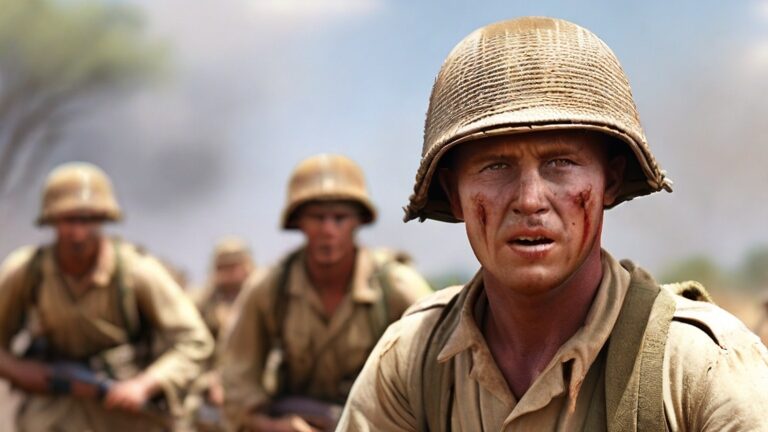
South Africa played a significant role in the East African Campaign of World War 2.
The South African military was involved in a number of major battles, including the Battle of Keren and the Battle of Gondar, and South African troops fought alongside the British and other Allied forces to defeat the Italian forces in East Africa.
The South African military’s involvement in the East African Campaign began in June 1940, when the 1st South African Infantry Division was deployed to Kenya to defend the British colony from a possible Italian invasion.
In January 1941, the 1st South African Infantry Division was sent to the Sudan to join the British forces fighting against the Italians in Eritrea and Ethiopia.
The South African troops played a major role in the Battle of Keren in February and March 1941.
The 1st South African Infantry Division was part of the British IV Corps, which was responsible for attacking the Italian forces in the Eritrean town of Keren. The South African troops fought bravely and helped to break through the Italian defenses.
After the Battle of Keren, the South African troops continued to fight alongside the British forces as they advanced through Eritrea and Ethiopia. The South African troops were involved in a number of other major battles, including the Battle of Amba Alagi and the Battle of Gondar.
The North African Campaign
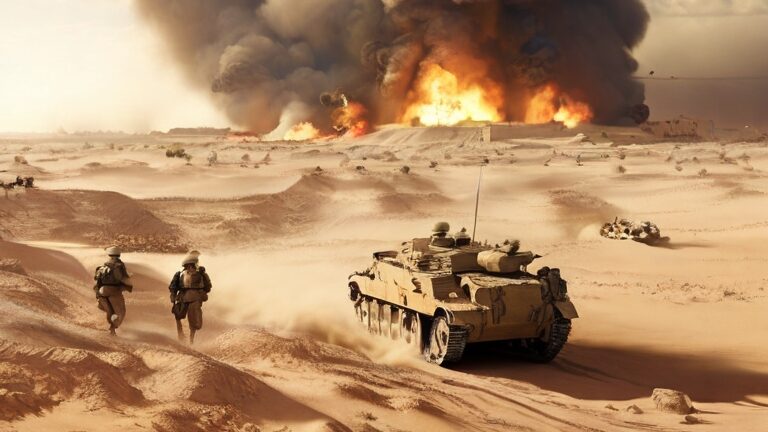
The South African military was involved in a number of major battles in North Africa, including the Battle of El Alamein – fighting alongside the British and other Allied forces to defeat the Axis powers in North Africa.
In September 1941, the 1st South African Infantry Division was then sent to Egypt to join the British Eighth Army.
The South African military played a major role in the Battle of El Alamein in October and November 1942.
The 1st South African Infantry Division was part of the British XXX Corps, which was responsible for attacking the Axis forces in the center of the Allied line. The South African troops fought bravely and helped to break through the Axis defenses.
After the Battle of El Alamein, the South African military continued to fight alongside the British Eighth Army as it advanced through North Africa. The South African troops were involved in a number of other major battles, including the Battle of Mareth and the Battle of Wadi Akarit.
7. The Legacy of South Africa’s World War 2 Contribution
Despite, strong anti-British sentiment and internal divisions, South Africa’s role in World War 2 is a chapter of valor that, at times, may have been overshadowed.
The legacy of sacrifice, industrious contributions, and the indomitable spirit of its forces deserve recognition.
Whether in the deserts of North Africa, the diverse landscapes of East Africa, or the skies over Britain, South Africans volunteered and served with distinction. The sacrifices made at Tobruk, the Battle of El Alamein, and beyond, exemplify the gallantry that often goes unnoticed in broader historical accounts.
Beyond the battles, the nation’s industrial prowess, raw materials, and military vehicles, including the Marmon-Herrington Armoured Car, became lifelines for the Allies.

